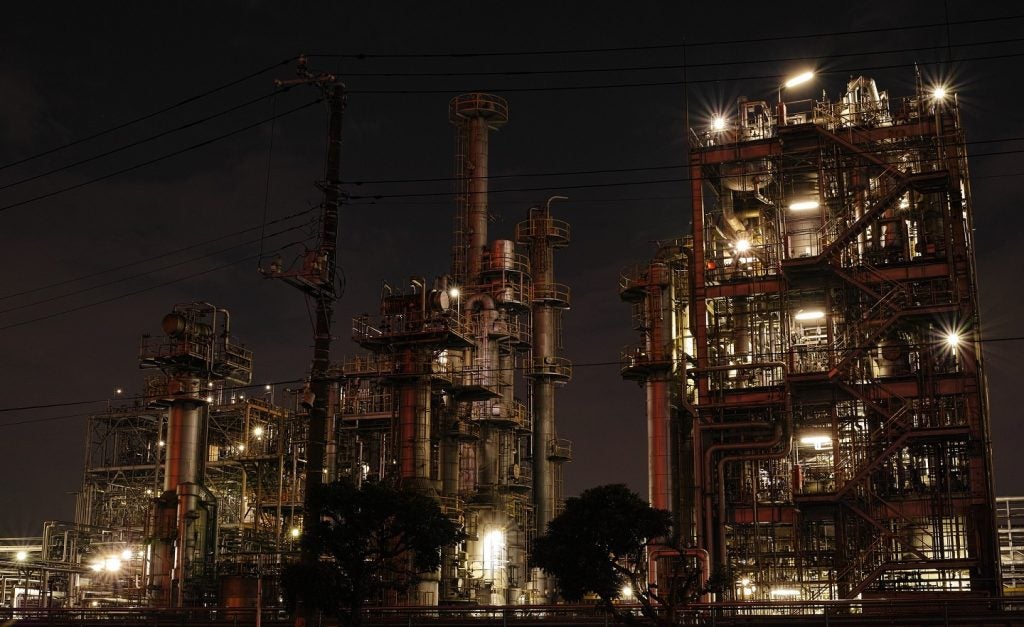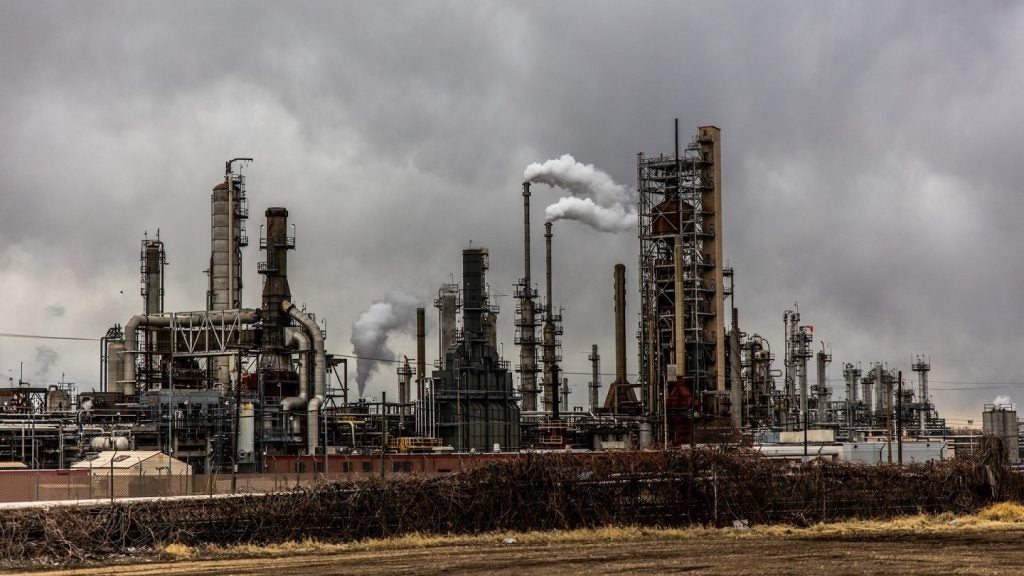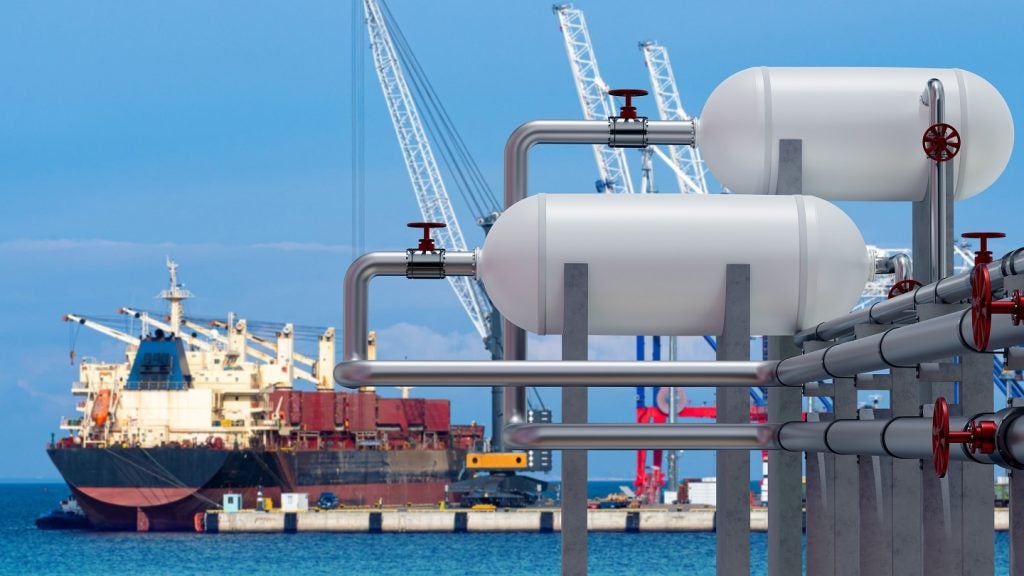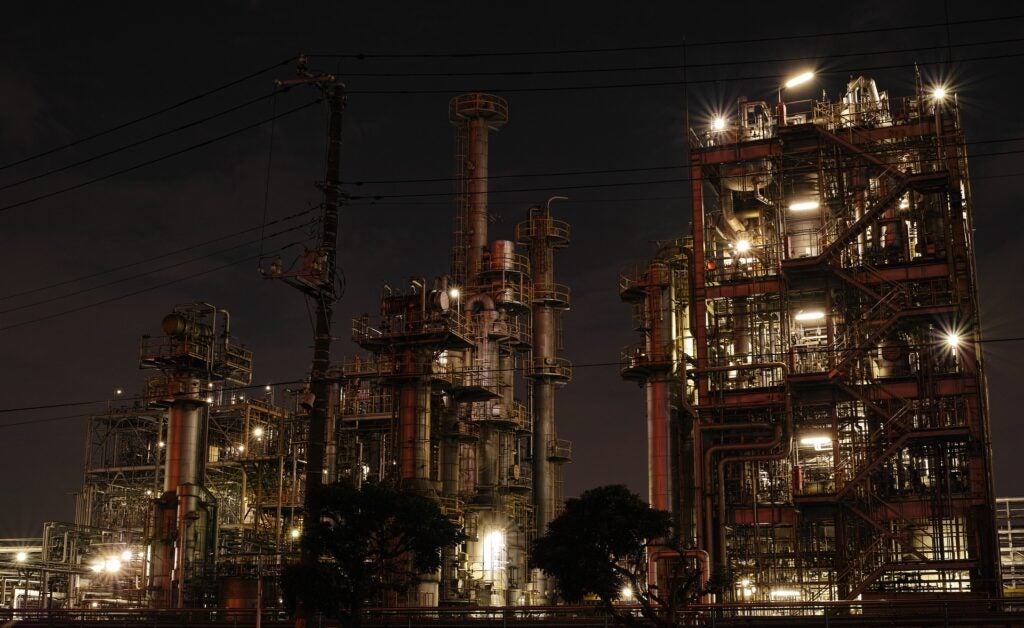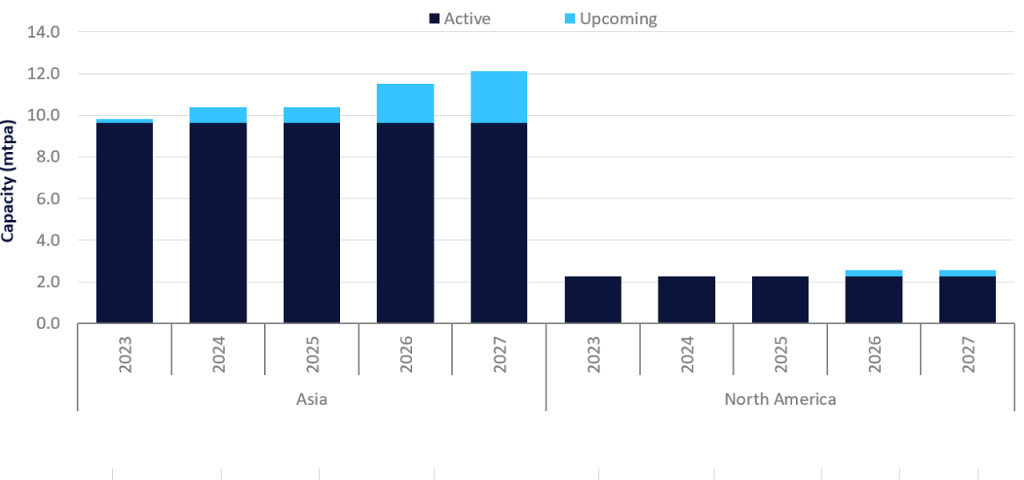In November, seaborne diesel and gas exports from Russian ports rose by 8.5% from a month earlier to around 2.8 million tonnes following the removal of an export ban.
The ban was first introduced in September to try and keep a larger share for the domestic market to resolve supply issues and combat high prices. Raj Shekhar, oil analyst at GlobalData, said: “Though this ban was initially cited as a reason for managing local fuel shortages, and controlling fuel prices in Russia while reacting to the EU ban (of Russian petroleum products), this started pinching Russian refiners.”
The ban was therefore lifted in October. “At the onset of winter, the pressure of the local refinery producers, who were left with low storage capacity expecting exports of petroleum products, forced the government to see reasons beyond political reaction,” Shekhar added.
According to Reuters sources, in the first three weeks of November, diesel output from Russian refineries rose by nearly 11% from an average of 238,120 tonnes per day in October.
Since the imposition of the EU embargo on Russian oil products in February, supplies have been diverted to alternative customers such as Brazil, Turkey, India and China.
India’s imports rose by two-fifths in the first half of the 2023–24 fiscal year. Russia was the top oil supplier to the Asian nation from April to September.
In December 2022, the US led other G7 countries in imposing a price cap on Russian oil exports, including diesel. Under the rules, non-G7 countries can continue to buy Russian crude but cannot use western ships or insurers to facilitate trades above $60 per barrel.
However, Russia has used a “shadow fleet” of vessels to transport oil to India and China, whose opaque ownership makes them hard to trace.




